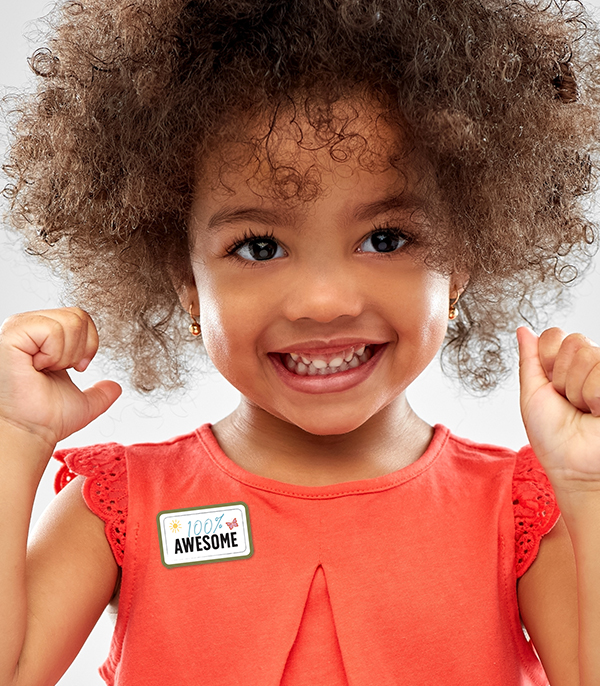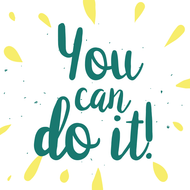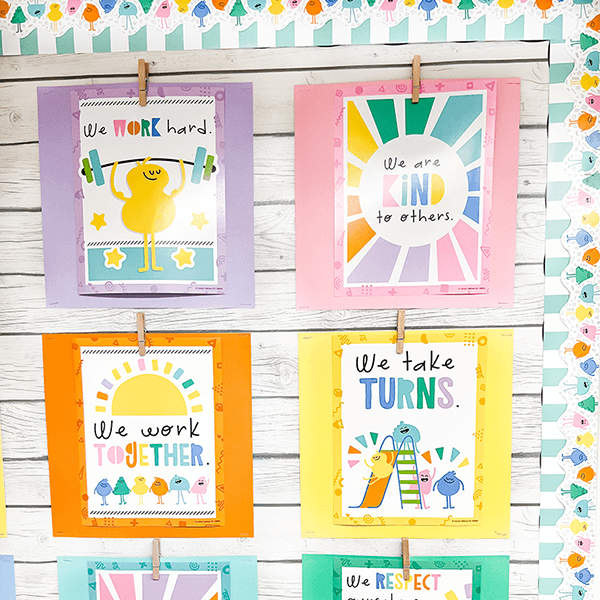How to Use Positive Reinforcement in the Classroom
Posted by Payton Dockery on Dec 1st 2022

It has long been a practice in classrooms to use positive reinforcement to encourage good behavior in students and as a method to reward in classroom management systems. Positive reinforcement is the idea that when a student performs a behavior that the teacher wants to see, the student receives some type of reward or incentive.
An example would be if a student clears his or her desk as soon as the teacher says that it is time to clean up, the student would then be rewarded in some way. It makes sense, doesn’t it? Everyone enjoys being rewarded when they do something good or right, and most certainly respond better when rewarded for doing something correctly rather than just being punished for doing something wrong. Positive reinforcement also fosters an affirmative environment in the classroom—one of mutual respect and kindness instead of fear. Here are some great ways to include positive reinforcement in the classroom that hopefully won’t take up too much of your learning time!
Communicate positive feedback with verbal affirmations.
Like anything else, there is only a limited amount of time in the day to accomplish all that needs to be done, and some teachers find it hard to make sure positive reinforcement takes a regular turn in their classrooms. The quickest and easiest way to provide positive reinforcement is to provide specific, positive feedback to students. This could be a high five, a special cheer, or a silly sound effect played anytime a student does a desired behavior. A huge bonus is that it doesn’t cost you much time or money!
Have students earn points or tickets in the classroom using incentive charts.
When students are doing the right thing, you can give them points or tickets to save for something later. You can get the paper tickets that people use for raffles and hand them out to students, or keep track of points with an incentive chart. You can even delegate classroom jobs to students for rewards or prizes after completing tasks. Students can cash in their points for small prizes such as stickers, candy, awards, and other fun little treats!
Create classroom rewards.

Let me take a moment to talk about classroom rewards. Every group of students is going to be different with what motivates them. Some love stickers, some love candy, and some love little toys. Gauge your students’ interests at the beginning of the year to find what they like and would want to work towards when earning rewards. Asking parents to send in small prizes would also be a great way to get rewards your kids love: parents are going to send in what their kids like!
Reward students with a much-deserved break time.
If you want something more immediate for positive reinforcement, try a “fun break” to reward students. You would want to use this when most of your students display the desired behavior to make the break easier to manage. It could be a dance break, a game break, a free choice break, or anything your students really enjoy. Another break could be a “break” from homework! Giving students the chance to earn homework coupons to take a break from a homework assignment can be very motivating! Two caveats here: you may want to give parameters for what homework can be skipped using a coupon by clearly stating what can and cannot be skipped with a coupon (you don’t want them missing out on important practice!). Also, make sure parents are aware when a student is using a coupon and that it is permitted. I’ve had some students who said that their parents “didn’t believe” they could skip their homework! Just be sure to communicate with parents so your students are able to use their coupons.
Get the whole family involved with special take-home notes.
Speaking of family, making sure your students’ parents are informed of their children’s good behavior can be achieved by sending special “happy” notes home with students. It’s a great way for kids to share how well they’re doing with loved ones, and possibly get more positive affirmations from home! You could get a special teacher messages for home resource book that allows you to customize your take-home notes. Add some special stickers or use fun glitter pens to make it extra special for students and parents!
A major consideration for selecting any of these reinforcements is how much time and/or money you are willing to use. Points/tickets will require you to purchase items unless parents can donate throughout the year. You will also have to find a dedicated time to let students redeem their points, which can take a bit of time to get through an entire class. “Fun breaks” will require time out of your day and you may not be at the most opportune time in your day when the breaks arise. Each idea has tradeoffs, so it is important to pick the one(s) that work best for your class and your school.
One final note, there may be a student or two who isn’t really motivated by the rewards that you offer in your class. What do you do? First, you should talk with the student and see if there are other rewards that do motivate the child. For example, taking a “fun break” might not work, but the child might be motivated by a positive note home. If what you are doing still isn’t working, talk with your guidance counselor or exceptional children teacher; there is a specific questionnaire, known as a forced choice survey, that can be given to a student that will help narrow down the type of rewards the child enjoys. This survey is often given when a child is receiving behavior interventions, so your counselor or EC teacher would be able to help you find and administer the survey. Also, many schools even subscribe to entire building expectations and incentives through PBIS, or Positive Behavior Interventions and Supports. Your school may have school-wide incentives that are offered to your students.
Offering positive reinforcement as a part of your classroom management system is a fun way to encourage good behavior in the classroom, instill a growth mindset, and also helps you build long-lasting, positive relationships with your students.


